When it comes to deciding where to visit in the Lake District, an obvious choice is to spend time at at least one of the famous bodies of water that give the national park its name. From busy tourist hotspots to remote locations favoured by wild swimmers, there are plenty of different lakes of the Lake District that offer incredible views and lots of things to see and do.
The Lake District National Park contains sixteen lakes, the largest of which is 14.8 square kilometres in size. Many of these are surrounded by quaint towns and villages and backed by towering mountains and rugged fells, providing jaw-dropping scenery wherever you turn.
Most people don’t manage to see all sixteen of the lakes when they visit, which is why we’ve created this guide to the best lakes in the Lake District so you know which you should add to your holiday itinerary.
Windermere
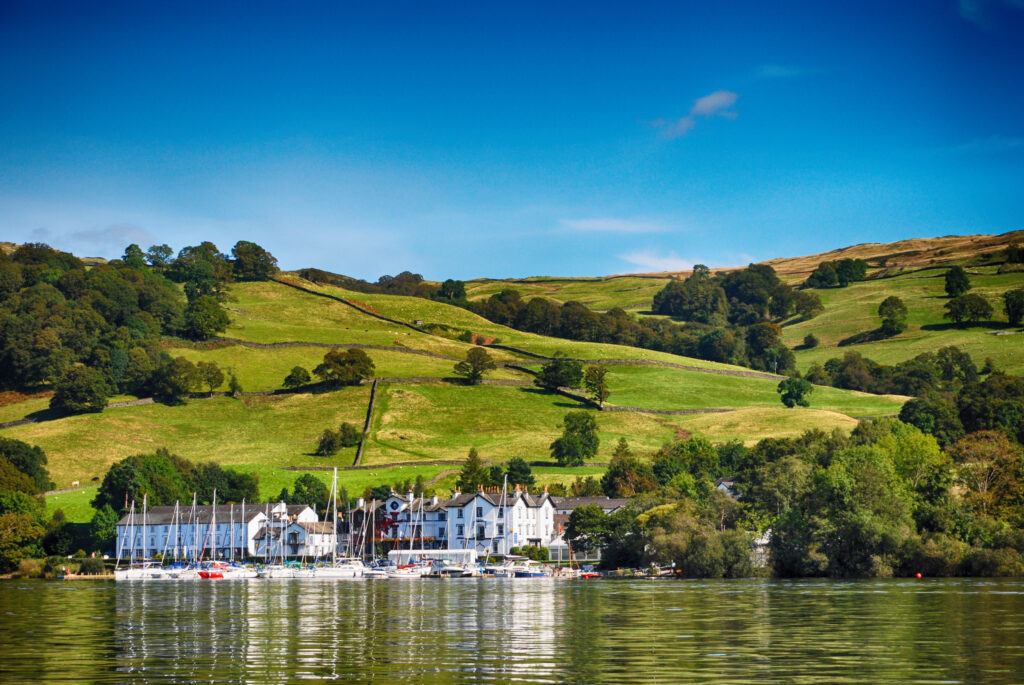
Windermere is perhaps the most famous lake in the whole national park. Not only is it the largest lake in the Lake District and in England, but it’s also home to two of the area’s busiest towns and some of the most popular water sports centres for miles around.
Windermere is located in the southern Lake District in Cumbria, around ten miles away from the market town of Kendal. There are eighteen different islands of various sizes floating in the middle of the lake, and it is also said to be the home of the mysterious creature known as Bownessie, which is the Lakes’ answer to the Loch Ness Monster.
From boat trips to paddle boarding and walking along the shore, there are plenty of different things to do around Windermere that make it a brilliant place to come and enjoy all of the best bits of the Lake District in one place. The popular towns of Bowness-on-Windermere and Ambleside are both close by if you’re looking for shopping opportunities or somewhere to eat, and plenty of popular Lake District walks can be started from around the area.
Ullswater
Ullswater is the second largest lake in the Lake District, located in the northern section of the national park only five miles from the M6. This proximity to the main road means that it’s another of the most popular places to visit because of the easy access for the day, with its large size meaning that it still feels quiet even during the peak season.
Many people believe Ullswater to be the site where the mythical figure of King Arthur was handed Excalibur by the Lady of the Lake, which has definitely added to its popularity as one of the top places of interest in the Lake District. It’s also at the base of Helvellyn which is the third-highest peak in England, so plenty of walking enthusiasts start or finish their journeys with a visit to this lake as well.
The village of Glenridding is the biggest settlement near Ullswater and is a charming place to spend an afternoon browsing the shops and enjoying local food and drink. The real highlight however is the Ullswater Steamers, which have been running for 160 years and offer a unique way of getting from place to place or just enjoying a circular tour of the lake.
Grasmere
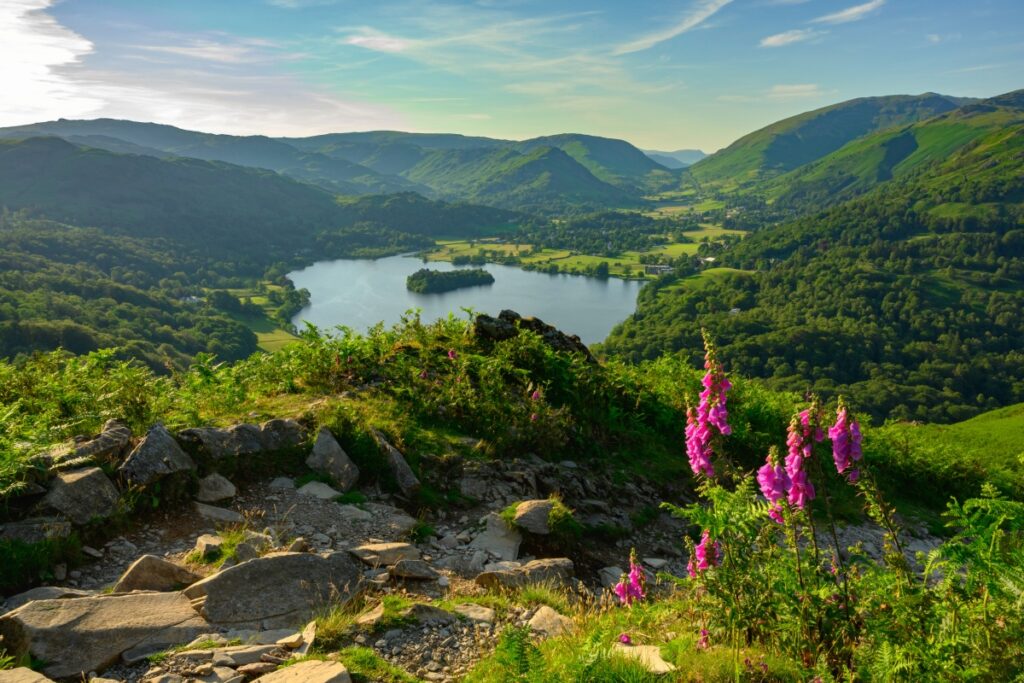
The famous English poet William Wordsworth described Grasmere as “the loveliest spot that man hath found”, so if you’re looking for a particularly beautiful place in the Lake District, put this location at the top of your list. Whilst it might be one of the smaller lakes in the national park, it’s still got a lot to see and do around its shores and is perfect for fans of poetry because of its literary heritage.
A highlight of Grasmere lake is Grasmere village, where you can visit the cottage where Wordsworth once lived and wrote some of his most famous pieces. The famous Grasmere gingerbread shop is also found about a ten-minute walk away from the water, baked to the same Victorian recipe as it has been for decades and almost always causing a queue out the door.
Rydal Water
Rydal Water is only a short walk away from Grasmere in the centre of the Lake District, and many people visiting one of these lakes also enjoy a visit to the other on a circular walk. It’s only ¾ of a mile long and not particularly deep, but is still a very beautiful spot that is said to be one of Cumbria’ best-kept secrets and was another place favoured by the poet William Wordsworth.
The main appeal of Rydal Water is that it is a brilliant spot for wild swimming and is frequently visited by fans of the sport from all over the country at all times of the year, even when it’s raining! It can get busy during the weekends in the summer, so if you want a truly tranquil experience then we recommend you arrive early in the morning for a refreshing start to the day.
Rydal Caves is another attraction by this lake; a man-made cavern that was created when slate was excavated to be used for roofing tiles. It’s a popular spot with families as it’s very easy to access and offers plenty of places to stop, sit and admire the rough stone walls and gaping cave mouth.
Derwentwater
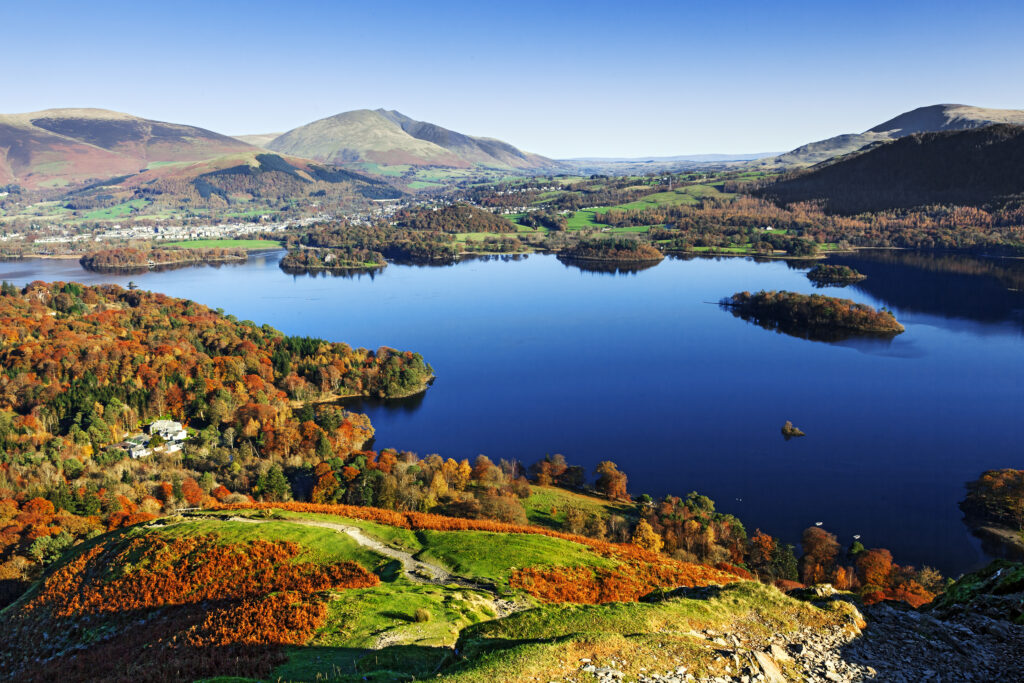
Derwentwater is the closest lake to the busy town of Keswick in the northern Lake District and is a very popular spot with walkers and hikers who come to enjoy the scenery and terrain of the Borrowdale Valley. It’s a very beautiful place with plenty of trails for all ages and abilities, making it a great lake to visit with a family.
Some of the best fells and mountains in the Lake District are found overlooking Derwentwater, including Skiddaw, Walla Crag, Catbells and Latrigg. You can enjoy views out across the water from all of these walking spots and then trek back down to the lakeside or finish up in Keswick for some food and drink.
Keswick Launches on the lake offers a range of different boat trips around and across the water, which is very convenient if you’re looking to see a lot of the area in one day. You can also visit some of the island attractions in the middle of the lake, including the manmade Derwent Island House.
Bassenthwaite Lake
Bassenthwaite Lake is the only lake in the Lake District to actually have ‘lake’ in its name, and is also the northernmost body of water in the whole national park. This is another spot that has a strong literary heritage, as Mirehouse Gardens on the banks of the water was visited several times by the esteemed British poet Alfred, Lord Tennyson.
This lake is also said to be one of the most magical spots in the Lake District, with several myths attached to the water and the landscape around it. The Iron Age hillfort towers over the western shore known as Castle How Fort, where there have been various mysterious sightings of magical creatures reported.
Elva Hill is another mysterious place that was named by Vikings who believed it to be the home of elves and fairies. Many also claim that this hill is an entrance to another world, and the stone circle that is found there certainly gives it a mystical atmosphere.
Wastwater
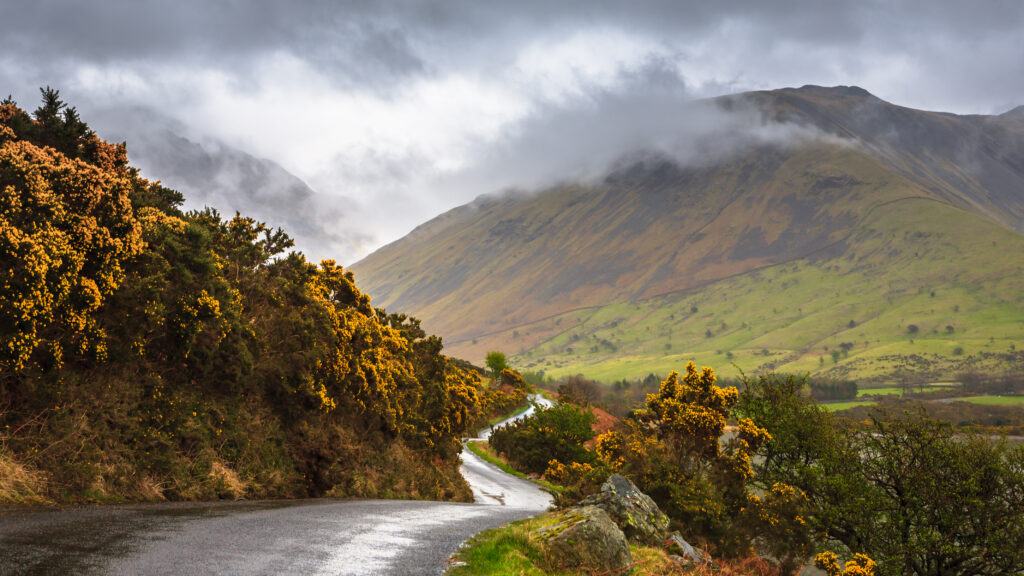
At 260 feet deep, Wastwater is famous for being the deepest lake in the Lake District. It’s one of the most remote spots in the west of the national park, but visitors will be rewarded with beautiful views of Wasdale and some of the area’s most exciting mountains.
Lingmell, Great Gable and Scafell Pike are all located on the eastern side of the three-mile-long Wastwater, making it a particularly popular spot with adventurous and experienced climbers and hikers. Scuba divers looking for a challenge also sometimes come and dive in the waters of this lake, due to its impressive depths.
The smallest church in England is found at one of the end’s of Wastwater; St Olaf’s Church which is surrounded by the graves of climbers who died trying to tackle the notoriously difficult terrain around the water. It’s a sombre spot but is home to some of the most dramatic scenery for miles around, so if you’re looking for a raw, unfiltered experience of the Lakes then you should definitely visit.
Coniston Water
Coniston Water is the fifth-largest lake in the Lake District, home to three small islands that are owned by the National Trust. Peel Island is a particularly popular spot because it is said to have inspired one of the settings in Arthur Ransom’s famous children’s story ‘Swallows and Amazons’, bringing many fans of the book to come and explore the location.
Another appeal for literary fans is the fact that influential Victorian philosopher John Ruskin lived next to the water in the late 1800s. Those interested in history can find out more about how Malcolm Campbell attempted the water speed record on Coniston Water in 1939, which tragically ended in disaster when the boat flipped over and killed its passenger.
This is also a brilliant lake to visit if you’re looking for Lake District watersports, with Coniston Boating Centre offering a great range of activities, including beginners courses in canoeing.
Buttermere
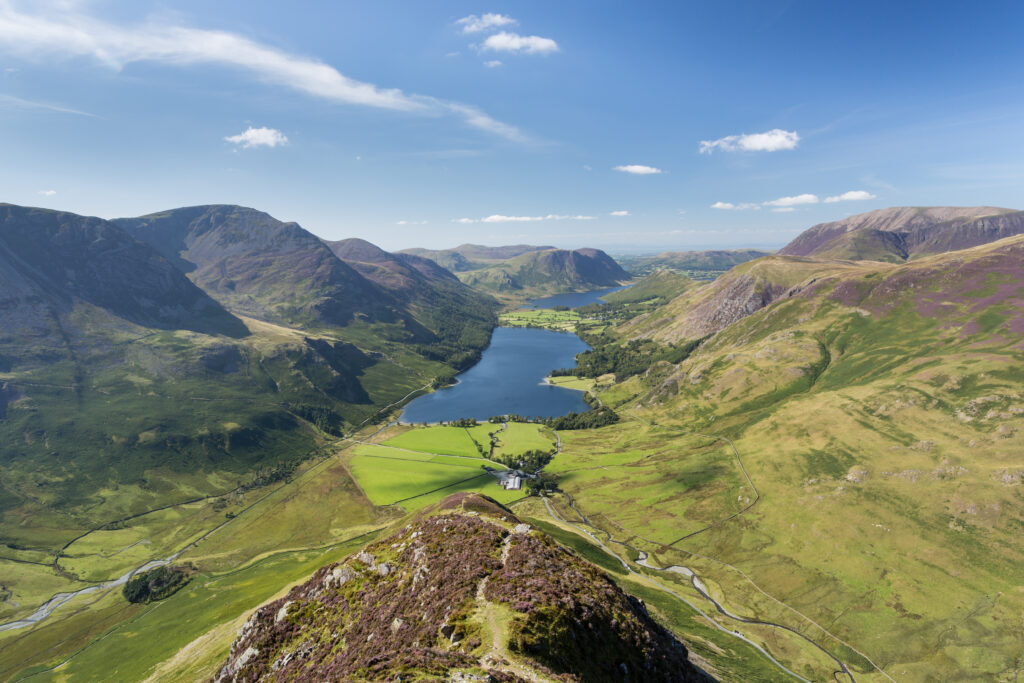
Buttermere gets its name from once being known as the lake by the dairy pastures, and is now a favourite spot with locals and visitors alike who want to enjoy a gentle lakeside walk and some classic Lake District scenery.
A ring of mountains and fells surround Buttermere, including High Stile, Haystacks and Fleetwood Pike. You can enjoy a trek up any of these and include a visit to the lake in your route, or just admire their reflection in the wonderfully still water on clear days.
There are also several brilliant Lake District waterfalls near Buttermere, including Scale Force which is 170 feet tall and the highest of its kind in the whole national park. You can also visit Buttermere village if you come to the lake, with nearby Crummock Water also a popular place to explore.
Ennerdale Water
Only 20 minutes away from the lively town of Cockermouth, Ennerdale Water is a surprisingly tranquil spot that also holds the title for the most westerly lake in the Lake District. It’s not one of the most accessible lakes in the area, but this means that it’s rarely overrun with tourists and therefore ideal if you’re looking for somewhere to visit where you can really enjoy the peace and quiet of nature.
The water here is stunningly clear, and on good days you might be able to spot some of the many species of fish that have made their homes in Ennerdale Water. It’s also home to a lot of work from the Forestry Commission, which has planted many conifers around the water to create a dense woodland.
It’s an 8-mile walk around the whole of this lake, which is a lovely way to spend a day when the weather is good and you want to enjoy some of the best Lake District scenery on offer.
Summary
There’s a good reason why the Lake District is so famous for its lakes, and visiting as many as you can whilst you’re in the area is one of the best ways to take in the vast range of beautiful scenery that makes this national park so special.
If you’re planning a holiday to Cumbria and are looking for outstanding accommodation options, why not take a look at our range of Lake District self-catering properties.
